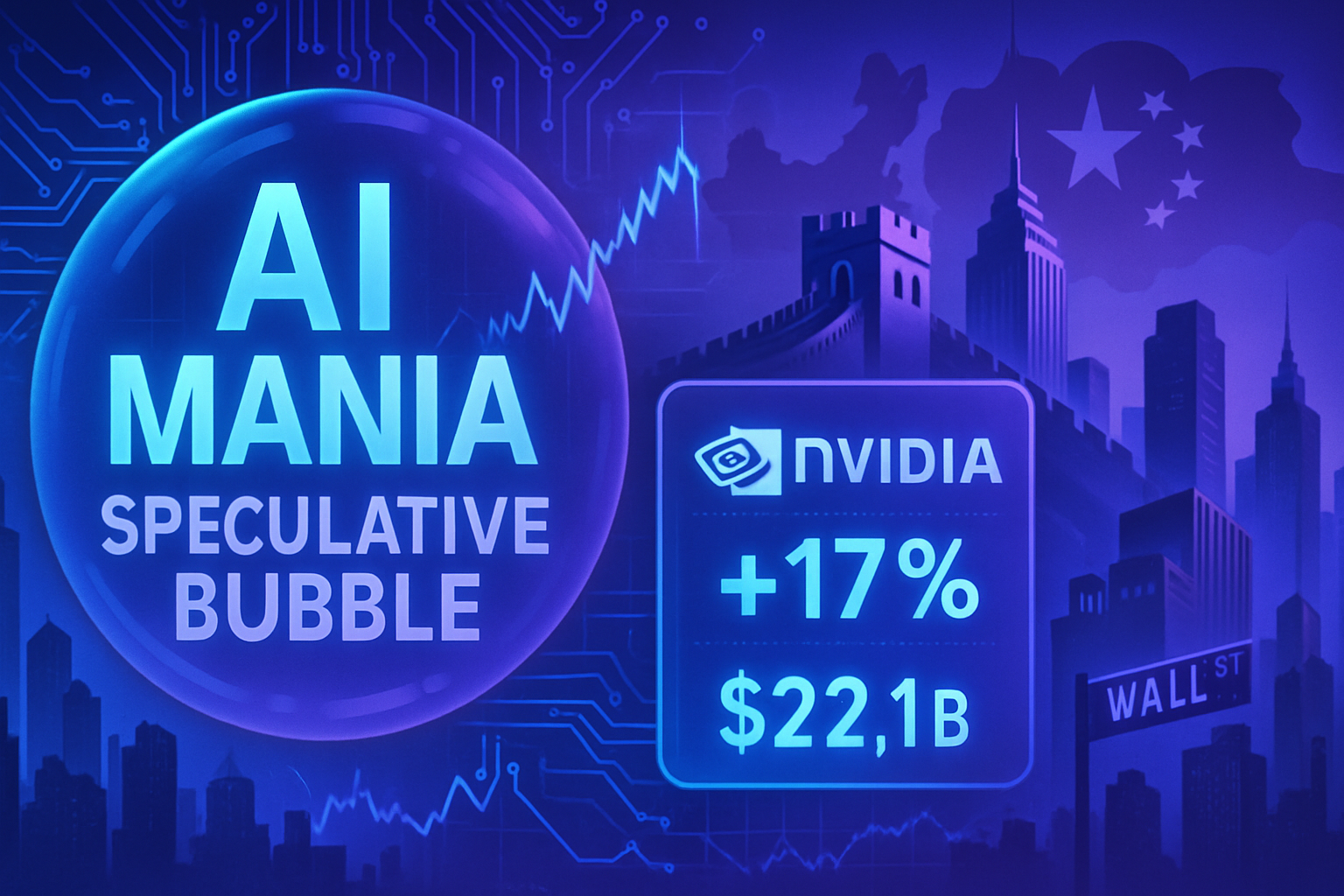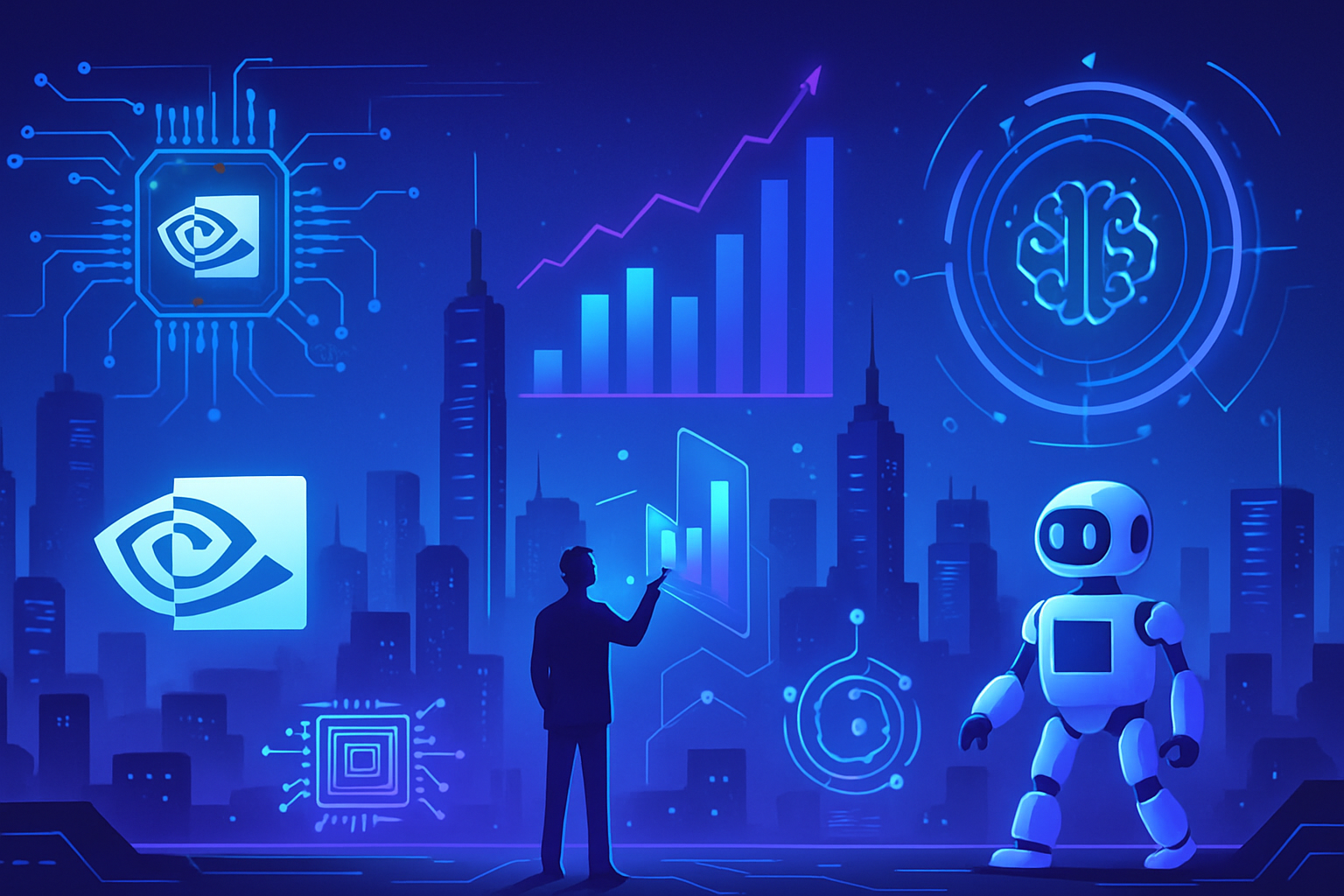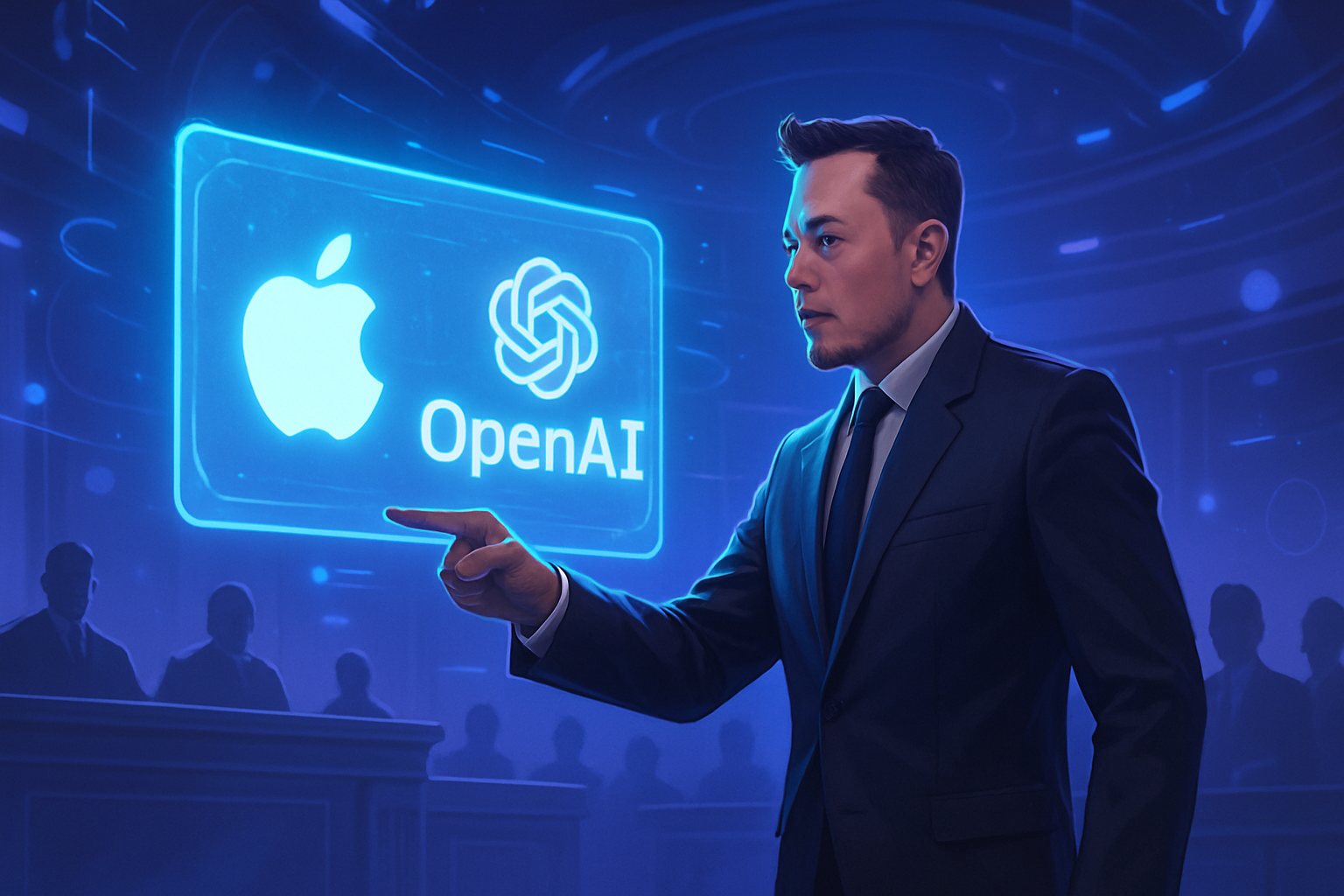Optimizing neuromorphic computing is critically important. This technology embodies the future of artificial intelligence, combining energy efficiency and performance. _The emergence of neuromorphic chips_ opens up unprecedented horizons for various applications, facilitating AI accessibility.
Making AI systems more _efficient and accessible_ requires a radical adaptation of computing architectures. The challenges associated with traditional methods of information processing call for a paradigm shift. A recalibration towards a brain-inspired approach offers relevant solutions to contemporary issues.
Optimization of neuromorphic computing
Neuromorphic computing represents an innovative approach by integrating principles of neuroscience into computing systems. This method mimics the structure and functioning of the human brain, thus providing an alternative to conventional computing methods. The growing need for efficiency in the field of artificial intelligence (AI) drives researchers to develop scalable and energy-efficient solutions.
Roadmap to high-performance AI
A recent study published in the journal Nature presents a detailed roadmap for optimizing neuromorphic computing. Researchers emphasize that there is no universal solution for these systems, but rather a range of hardware solutions exhibiting various characteristics, tailored to the specific needs of applications.
The potential applications of neuromorphic computing include various fields such as artificial intelligence, augmented and virtual realities, as well as smart agriculture. This technology has the potential to surpass traditional computers in terms of energy efficiency and space, which could revolutionize several sectors, notably healthcare and robotics.
Advantages of neuromorphic chips
Neuromorphic chips promise high performance while consuming less energy than traditional computing systems. The NeuRRAM chip project, for instance, executes calculations directly in memory and is capable of hosting a wide variety of AI applications, all with significantly reduced energy consumption.
This dynamic and versatile nature of neuromorphic chips demonstrates their potential in large-scale computing, particularly in response to the increasing energy demands of AI systems.
Collaboration and interdisciplinary innovation
Collaboration between academia and industry emerges as a key factor in the evolution of neuromorphic computing. Joint efforts facilitate the establishment of new architectures and innovative frameworks for commercial applications, thus bringing us closer to the idea of an AI accessible everywhere and at any time.
Researchers stress the importance of creating user-friendly programming languages aimed at reducing barriers and broadening the potential user base in this field. These initiatives are likely to stimulate creativity and innovation, fostering fruitful exchanges between disciplines.
Sparse and high fidelity: keys to efficiency
A fundamental aspect of the human brain lies in its ability to optimize neural connections. This principle, often referred to as sparsity, is essential for the development of energy-efficient neuromorphic systems. Researchers propose emulating this process, thereby allowing the creation of more compact and energetically efficient systems.
By applying densification strategies followed by selective connection pruning, neuromorphic systems could offer remarkably reliable solutions while maintaining maximum efficiency.
Future perspectives and practical applications
The neuromorphic infrastructure could hold immense potential for transforming our interactions with technology. Advances such as memristors and physical reservoir computing are being explored for concrete applications. These innovations promote the integration of detection and computing functions on reconfigurable platforms.
These technological developments also pave the way for the use of AI in various environments, fostering diverse applications ranging from healthcare systems to smart agriculture. Thus, optimizing neuromorphic computing appears to be a promising direction for shaping the future of augmented technology.
More efficiency for an accessible AI. Ongoing research and innovation continue to redefine the limits of what is possible in the field of artificial intelligence.
The implementation of neuromorphic systems in academic settings, as well as their integration into real-world applications, represents a step toward a more effective and efficient AI.
Researchers are focusing on developing new non-volatile materials, incorporating photonic designs for optimized computing architecture. These cumulative advancements are essential for transforming the computing landscape and making AI both more effective and more accessible.
Frequently Asked Questions
What is neuromorphic computing and why is it important for AI?
Neuromorphic computing draws inspiration from the structure and functioning of the human brain to create more efficient computing systems. It is crucial for AI because it allows for better energy efficiency and performance, making AI more broadly accessible.
How can neuromorphic computing improve the energy efficiency of AI systems?
Neuromorphic computing uses architectures that mimic the synaptic behavior of the brain, enabling highly efficient parallel processing. This reduces energy consumption compared to traditional computing systems, where each task requires sequential processing.
What are the main challenges to optimizing neuromorphic computing?
The main challenges include developing suitable hardware, creating efficient algorithms, and optimizing neural interconnections. It is also crucial to develop scalable solutions that meet the diverse needs of AI applications.
What role do collaborations between industries and universities play in neuromorphic computing?
Collaborations are essential for advancing research and development. They combine diverse expertise to create architectures and technologies suited to the needs of real-world AI applications.
How can neuromorphic computing facilitate the scalability of AI systems?
Neuromorphic computing, due to its hierarchical structure and massively parallel capability, allows for simultaneous processing of large amounts of data. This facilitates scalability, enabling AI systems to manage more complex tasks while remaining efficient.
Which types of applications can benefit from neuromorphic computing?
Neuromorphic computing can benefit various fields, such as artificial intelligence, healthcare, robotics, augmented and virtual reality, as well as smart cities. It is adaptable to many applications requiring efficient data processing.
What are the advantages of neuromorphic chips compared to traditional digital chips?
Neuromorphic chips offer superior energy efficiency, greater versatility, and can achieve levels of accuracy comparable to those of traditional digital chips, all while consuming less energy for complex tasks.
What strategies can be implemented to promote the adoption of neuromorphic computing?
It is essential to develop user-friendly programming languages and improve accessibility to neuromorphic technologies to reduce entry barriers. Training and education initiatives can also promote a broader understanding of the benefits of neuromorphic computing.
How does neuromorphic computing influence the future development of AI?
Neuromorphic computing offers a promising pathway toward smarter and more autonomous AI systems capable of learning and adapting similarly to humans. This could transform how we interact with technology, making AI more integrated into everyday life.
What impact could neuromorphic computing have on global electricity consumption related to AI?
Given that electricity consumption for AI systems is expected to double in the coming years, optimizing neuromorphic computing could slow this trend by reducing the energy needs of systems while boosting their performance.






